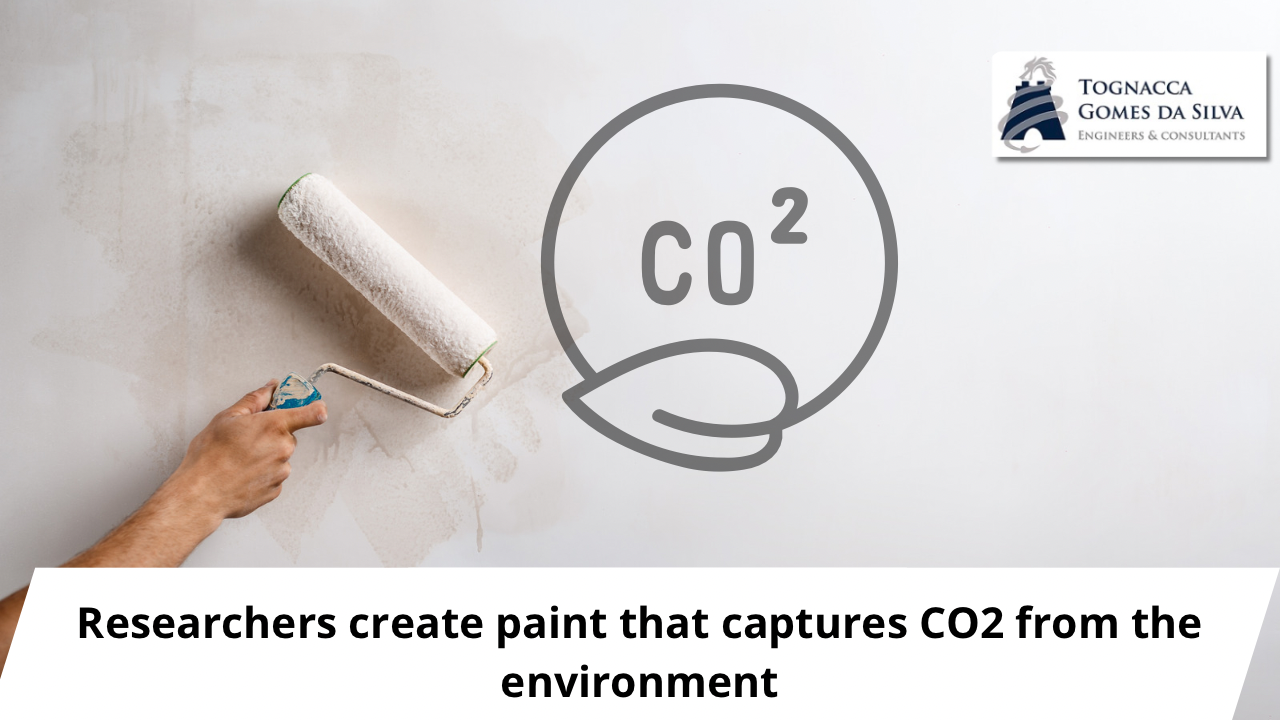To try to stop global warming, researchers at the University of Surrey, in England, developed a paint that captures CO2. Green Live Painting — Tinta Verde Viva, translated into Portuguese — is made using a bacteria, found in the desert, called Cuban Chroococcidiopsis. It requires little water and can survive extreme conditions.
“With the increase in greenhouse gases, especially CO2, in the atmosphere and concerns about water scarcity due to rising global temperatures, we need innovative, environmentally friendly and sustainable materials. Mechanically robust, ready-to-use biocoatings, or ‘living’ paints, could help address these challenges by reducing water consumption in bioreactor-based processes that are typically water-intensive,” said Suzie Hingley-Wilson, senior lecturer in bacteriology.
As shown in the study, published in the scientific journal Microbiology Spectrum, the bacteria present in the paint are capable of photosynthesis, generating oxygen. To truly know the true capacity of this innovative material, more practical tests must be carried out before the CO2-capturing paint reaches the market. However, the results obtained in initial tests with the material are encouraging.
According to Simone Krings, lead author and former postgraduate researcher in the Department of Microbial Sciences at the University of Surrey, this discovery could be key in studies into the possible colonization of Mars. “Photosynthetic Chroococcidiopsis have an extraordinary ability to survive in extreme environments, such as droughts and after high levels of exposure to UV radiation. This makes them potential candidates for colonizing Mars”, he explains.
As predicted by the professor of soft matter physics at the School of Mathematics and Physics, Joseph Keddie, these biocoatings will contribute to a more sustainable future.
( source: Katiuscia Mizokami/ Digital Agro )



